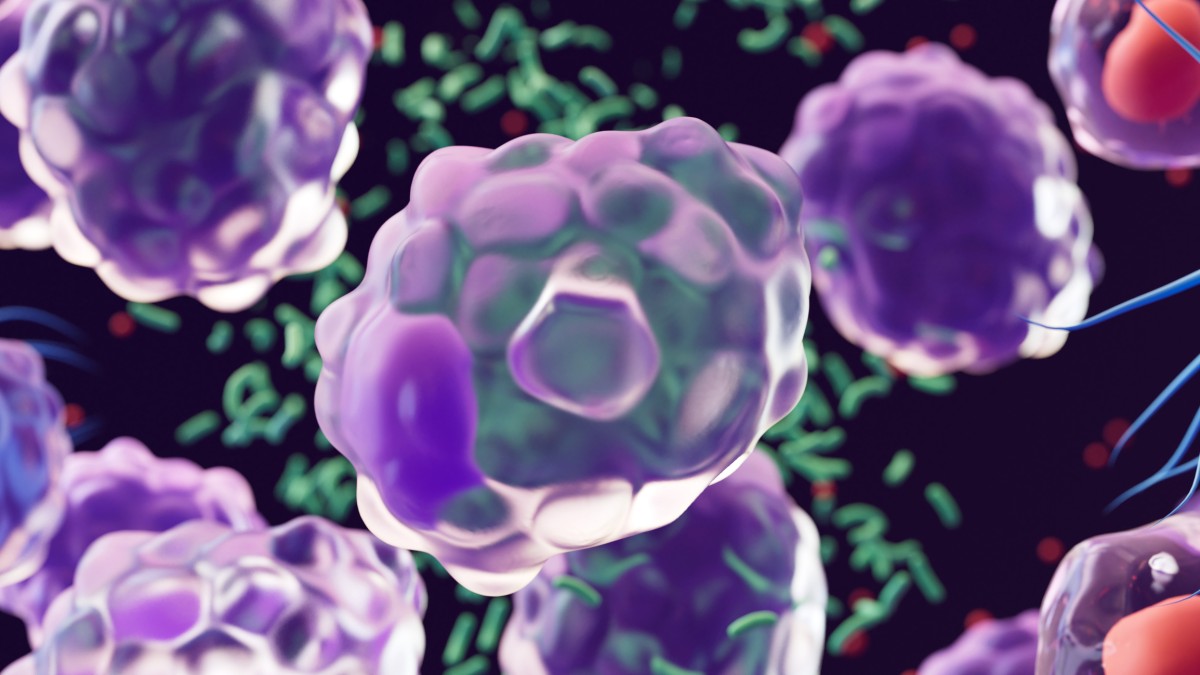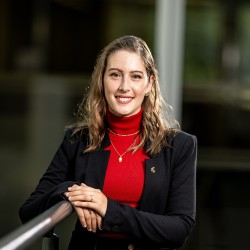A method to study immune cells offers hope for finding new disease treatments
An innovative combination of methods to identify and study how macrophages function could potentially revolutionise the diagnosis and treatment of various diseases, according to research led by the University of Surrey. Along with the University of Surrey, the research team includes the Royal Surrey County Hospital NHS Foundation Trust and the University of Oxford.

Macrophages play a critical role in the immune system by fighting infections and aiding in tissue repair. Understanding how these cells are activated in different scenarios is important for developing new medical treatments. However, identifying and studying macrophage activation has been challenging due to the complex nature of these cells and their responses.
The research team identified a protein called colony stimulating factor 1 receptor (CSF1R) as a reliable marker for monocytes and dendritic cells in blood and macrophages in tissues – allowing for the clear identification and separation of different sample types. The new method works reliably for people of all ages and sexes.
Dr Fernando Martinez Estrada, who led the research project and is Senior Lecturer in Innate Immunology in the School of Biosciences at the University of Surrey, said:
“We have developed a method using CSF1R that can identify all types of Mononuclear phagocyte system cells in the body. This marker is incredibly useful for studying these cells in both health and disease, and it unlocks exciting new possibilities for cell isolation and quantification for diagnosing and monitoring various conditions with a single cell marker.”
The study developed a set of tools to understand and check how these immune cells respond when they are activated. These tools focus on signals in the body, including IL-4 (involved in healing and fibrosis), steroids (deactivation), IFNγ (fights infections), and LPS (a bacterial product that causes inflammation).
The research team also described a novel concept that they call Macrophage Activation Mosaicism. This means that macrophages do not simply switch between the canonical two states previously described; instead, they can exhibit a mix of activation characteristics, reflecting the complexity of real tissue environments.
Dr Federica Orsenigo, co-author of the study, explains further:
“This discovery is significant because it changes how we perceive macrophage activation.
“Recognising that macrophages can have mixed activation status helps us better understand their roles in different diseases and could lead to more targeted and effective treatments.”
Emeritus Professor Siamon Gordon, co-author of the study from the University of Oxford, said:
“Therapies that seek to re-educate macrophages are widely sought. However, the tools to measure activation are underdeveloped. Having a robust multi-gene tool to study macrophage activation can help in drug screening, identify drugs that revert macrophage activation, and eventually help with patient characterisation and personalised medicine.”
The research has been published in the journal Cell Reports.
Notes to editors
- Dr Federica Orsenigo is available for interview, please contact mediarelations@surrey.ac.uk to arrange.
Featured Academics
Media Contacts
External Communications and PR team
Phone: +44 (0)1483 684380 / 688914 / 684378
Email: mediarelations@surrey.ac.uk
Out of hours: +44 (0)7773 479911

